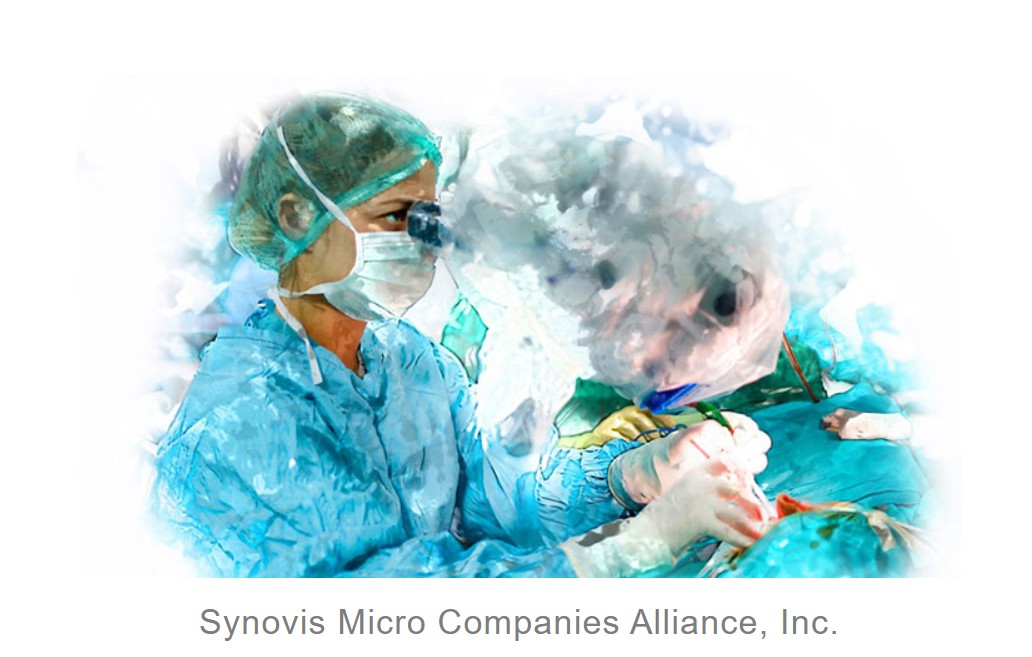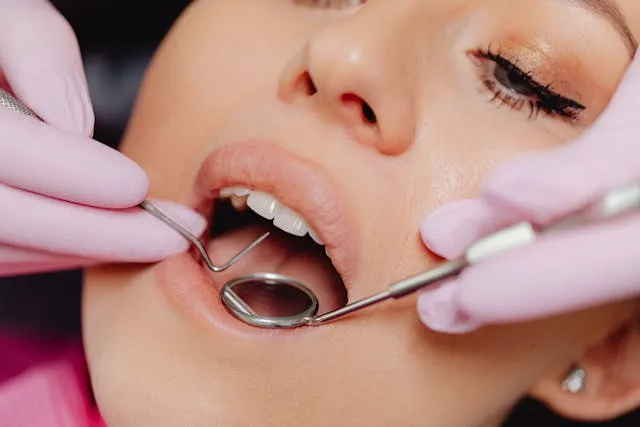Healthcare is the basic and primary need of humans. Evolution in healthcare has enabled us to fight and cure once untreatable diseases. About two centuries ago, a large number of newborn babies would die due to diseases like pneumonia, jaundice, fever, etc., in their early years of age.
Moreover, the latest machines with advanced technology have done things that the previous generations couldn’t even imagine. Innovations like X-rays and magnetic imaging technologies have made diagnosis and treatment much easier. Advancements in medicine have also led to innovations in surgeries, resulting in saving many lives and providing a better living.
Advancing Medical Innovations
Let’s talk about the advancing medical innovations
-
Microsurgery
Microsurgery generally refers to any surgery that involves the use of a microscope. It has enabled us to treat diseases that damage our fine capillaries and small tissue-like structures. It also aids in precise working when carrying out extremely sensitive operations, such as treating brain tumors. With the help of extremely sharp and fine instruments (up to 0.1mm), microsurgery can be performed to treat any part of the body.
Microsurgery can help in:
- Repairing or replacing blood vessels.
- Tissue repair or rebuilding.
- Brain tumor removal.
- Vertebrae fusion.
Applications of Microsurgery
The following are the applications of microsurgery:
1. Lymphatic Microsurgery
In cancer treatment, lymph nodes are removed. This causes lymph (the fluid) to accumulate in vessels, causing swelling. This condition is called lymphedema. It can potentially damage body organs and affect their functioning.
Using special microsurgery devices, a surgeon connects lymphatic vessels to veins, ensuring smooth lymph flow. Robotic microsurgery is also being performed with the aid of AI-trained robots.
2. Limb Reattachment
Microsurgery often turns out to be a lifesaver in places where normal surgery would be ineffective. Amputated limbs can now be reattached to the body. While reattaching, a microscope enables us to deal with arteries and capillaries less than 1mm in diameter.
3. Bone Replacement
If the small bones of your hand or feet are broken, they can be replaced by bone from another part of your body. The blood flow from the replaced bone should be normal as it was before.
4. Muscle Replacement
If a muscle is damaged in an accident and loses its function, microsurgery can help restore it. The surgeon can replace the damaged muscle with healthy muscle from the patient’s body. He connects the blood vessels with the aid of the microscope. After the recovery, the muscle functions normally.
5. Breast Cancer Treatment
Another serious disease in our society is breast cancer. Microsurgery can help both in breast removal and reconstruction. This uses the same technique of using healthy muscle from other body parts.
When the patient’s tissue is used, it lasts for the rest of their lives, unlike an implant that needs to be replaced again after approximately 10-12 years. In this process, tissue and fat are taken from the abdomen.
6. Face Transplant
Plastic surgery or face transplant is also a type of microsurgery. A face transplant is performed for injuries during an accident or face damage due to some disease. It is the most difficult surgery due to the complex structure of our face.
In this case, you can’t take tissue from other body parts. It requires taking facial tissues from a dead person and attaching them to the patient due to the unique anatomy of the face.
You May like: Amp Fitness
Side effects
Outcomes of medical procedures can vary from person to person. Along with its remarkable benefits, microsurgery might also have some side effects. That can be in the form of swelling or an infection. In a few cases, tissue damage or death can also occur.
Microsurgery may lead to some other complications. There is a risk of loss of organ function and sensitivity.
Conclusion
Microsurgery is like a revolution in the healthcare world. It has changed the impossible into possible and offers a lot of benefits. It makes your amputated limbs and damaged organs work once again. But it is a very sensitive and complex procedure. That’s why you should choose the best and well-experienced surgeon.
When you are in the recovery phase, take special care of yourself and have regular check-ups. That will help you achieve the best results.



